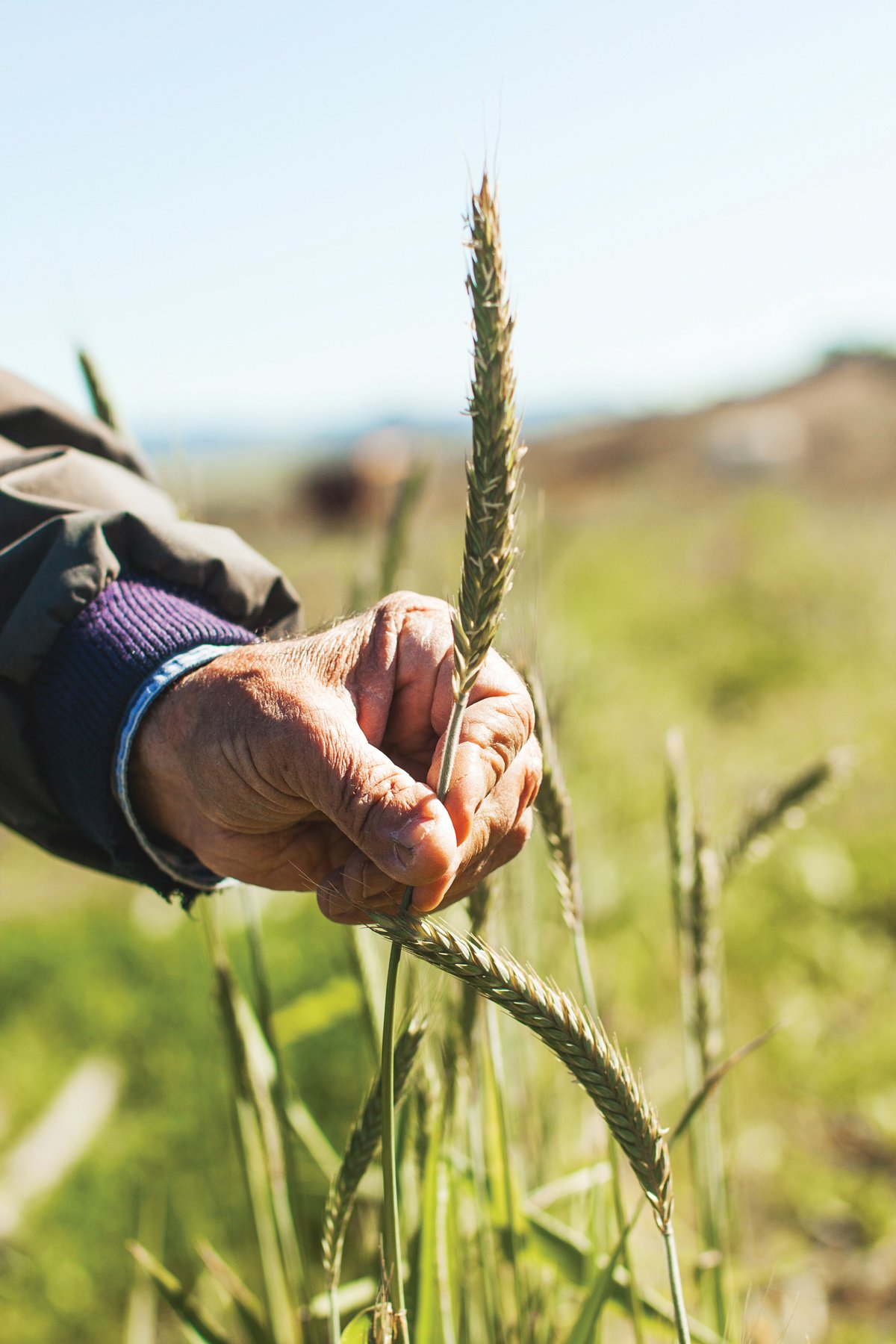
Kandarian Organic Farms and the Grounds From Which We Grow
Dry, depleted, lifeless. This is a reality of dirt in the world of agriculture. All across the world, after generations of planting, tilling and processing, dirt is just that: dirt. Unable to retain carbon dioxide, dirt does little to reduce greenhouse gasses.

As this is being typed, California is experiencing its harshest wildfire year to date, just one example of how the planet is impacted by a warming climate. The California Association of Resource Conservation Districts says that working landscapes, both large and small, can play a significant role in reducing greenhouse gas emissions, and increasing water-holding capacity, water quality and biodiversity. By incorporating regenerative, low- to no-till methods, farmers and backyard enthusiasts can help replenish the very grounds in which food is grown.
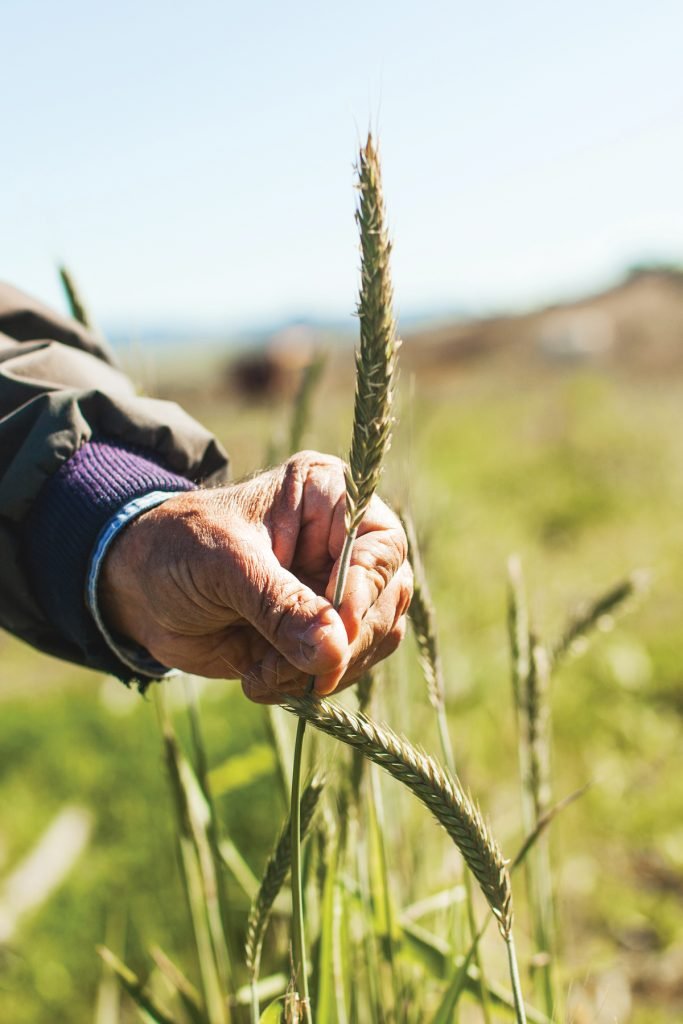
Kandarian Organic Farms sits on the west end of Los Osos Valley Road, surrounded by weeds and trees. It’s an unsuspecting farm with world-known seed cleaning services. They operate a flour mill and seed mill, along with managing over 130 acres of farmland. Larry Kandarian, owner with many titles — farmer, janitor, grandfather, toilet plungerer, tractor driver — purchased the property 21 years ago after an early retirement from a career in mechanical engineering. After helping Raytheon develop a USB cord for the first space shuttle, Larry wanted to create effective change, and not have any bosses. Larry jokes, “I have been without a boss and without a paycheck for over 20 years … still waiting on that.”
His approach to farming is a regenerative one rooted in biodynamics and fueling every potentially involved life force, small to big. “I farm way differently. We are trying to get as much biology and livestock as possible to create soil.
We are looking for bacteria and fungus, and the more we can have under the ground, the more forest floor we have,” says Larry. “You want to see leaf mold, and critters doing their thing, and mushrooms doing their mycelial stuff. That’s where the life is.”
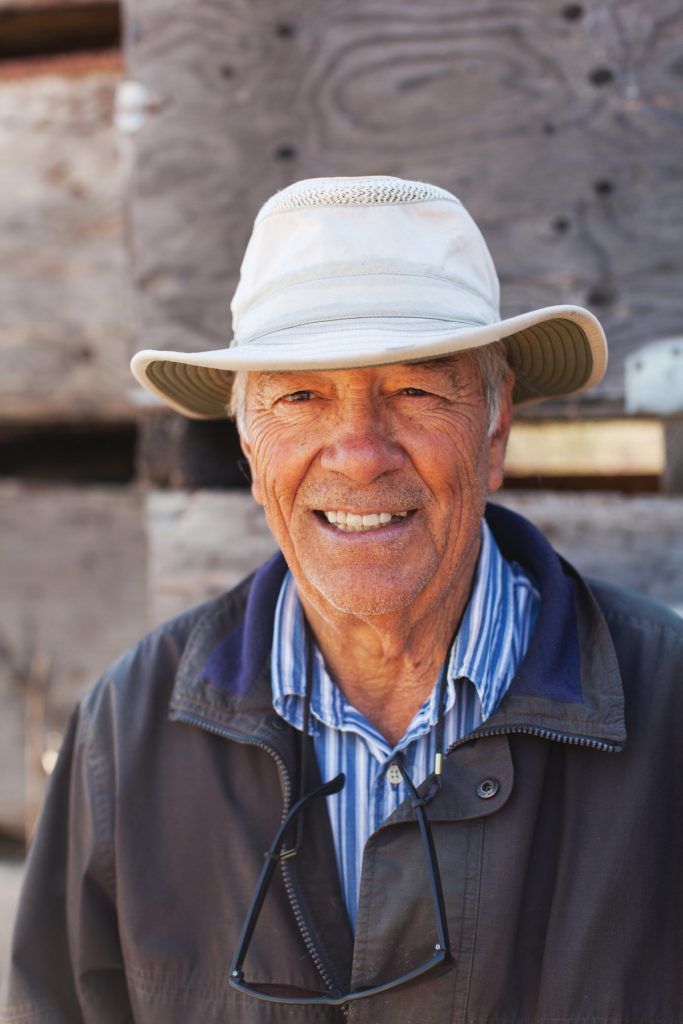
We are looking for bacteria and fungus, and the more we can have under the ground, the more forest floor we have,” says Larry. “You want to see leaf mold, and critters doing their thing, and mushrooms doing their mycelial stuff. That’s where the life is.”
We are looking for bacteria and fungus, and the more we can have under the ground, the more forest floor we have,” says Larry. “You want to see leaf mold, and critters doing their thing, and mushrooms doing their mycelial stuff. That’s where the life is.”
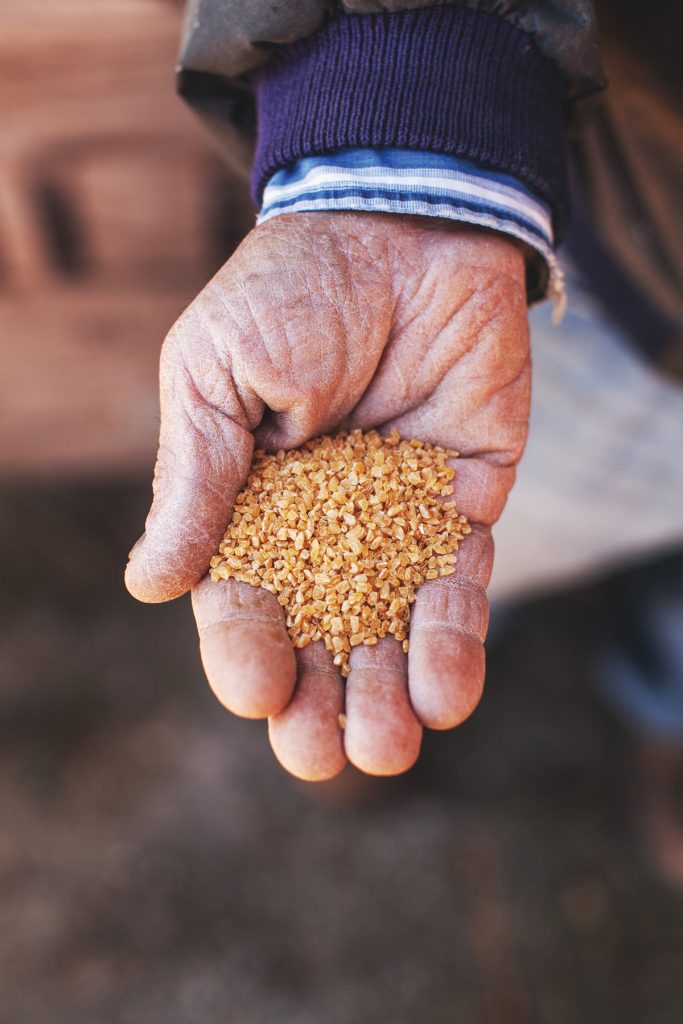
The Food and Agriculture Organization of the United Nations explains that over a third of the world’s topsoil has already been degraded, and at the current rate of degradation, the remaining bit could be gone in 60 years. Due to farm management practices, excessive tilling and the use of synthetic chemicals, soil is a commodity. And since nutrition is closely linked to the ground in which it grows, soil is a resource, one that many farms are hard-pressed to find. “I talk to a farmer in Nebraska,” Larry explains, “who injects nitrogen into the soil because the dirt is just dirt, not soil. There is a vast difference.”
To make soil is to commit to making soil. It’s asking the right questions and truly listening. Going from there, one step at a time, layer by layer, soil can evolve sustainably, and beneficially for all the little bugs, bacteria, mycelium and so much more. “We do soil tests and figure out where we are. Do you need carbon? Do you need nitrogen? You gotta hear what it’s saying.”
Plants then extract sugar, or carbohydrates, from carbon dioxide, which feeds the roots and bacteria, and is eventually converted into materials that trap carbon — literal clumps of soil.
As Larry puts it, “It’s like the difference between someone who created a child and someone who is a parent — easy to make a kid, damn hard to be a parent.”
Larry is a man whose legacy is the soil on which he walks. With children, grandchildren and a couple of great-grandchildren, he doesn’t worry if the farm will be a family tradition. “My idea is to make the dirt better for the next seven generations of people, like the Native Americans have tried to do.”
Kandarian Organic Farms supports local agriculture and backyard enthusiasts looking to get their hands in the dirt, er, soil. “We are working with younger farms, veterans, those with a disadvantage. We open the farm to give tours — and love having interns,” he shares. There are a handful of farmers from a wide range of backgrounds growing novel foods on the property, like a Community Garden 2.0, or “Community Garden Rev. 2,” corrects Larry, the past life mechanical engineer.
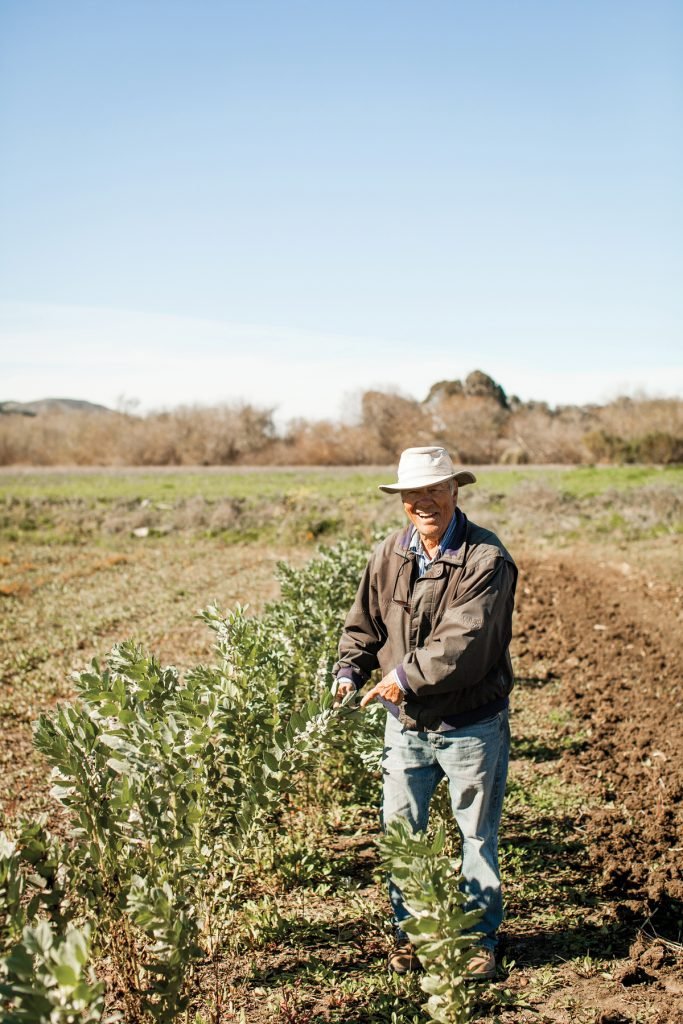
The farmers collectively combine and sell their products. Larry explains they aim to follow a sociocratic method. “Right now, we have someone drying seaweed in a hoop house. Another person is growing mushrooms, ginger, turmeric and galangal, too.”
The offsets from these crops do not go unused. “The benefits come back to everybody. Some of the refuse from the mushroom and seaweed will be used to feed our hogs. We give some to our sheep for more iodine, and it all ends up back in our topsoil,” he explains. Again, layer by layer, soil is the accumulation of our actions — a testament to the evolution of generations.
For aspiring stewards of the land, Larry suggests planting prairies and biodiverse gardens, instead of monocrops or “cucumber, tomato and non-producing corn” mini-gardens. Prairies are made from plants like rice and wildflowers and contribute miles of root hairs. “Prairies are plants that co-exist and share the underground with all the critters, and each of them adds benefit with every life cycle,” he continues. “The colors change every week as plants get successively taller, all the way through autumn. It’s like a kaleidoscope … you twist the lens and everything changes.”
Larry leaves the conversation on a real, if not widely relatable, sentiment: “There is lots to be learned. We have to come together and share. Let other people light their candles to ours.”

